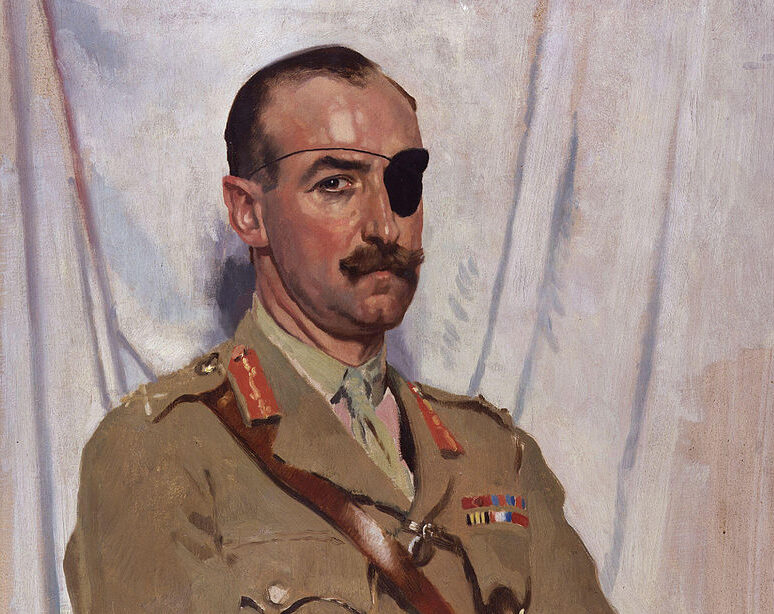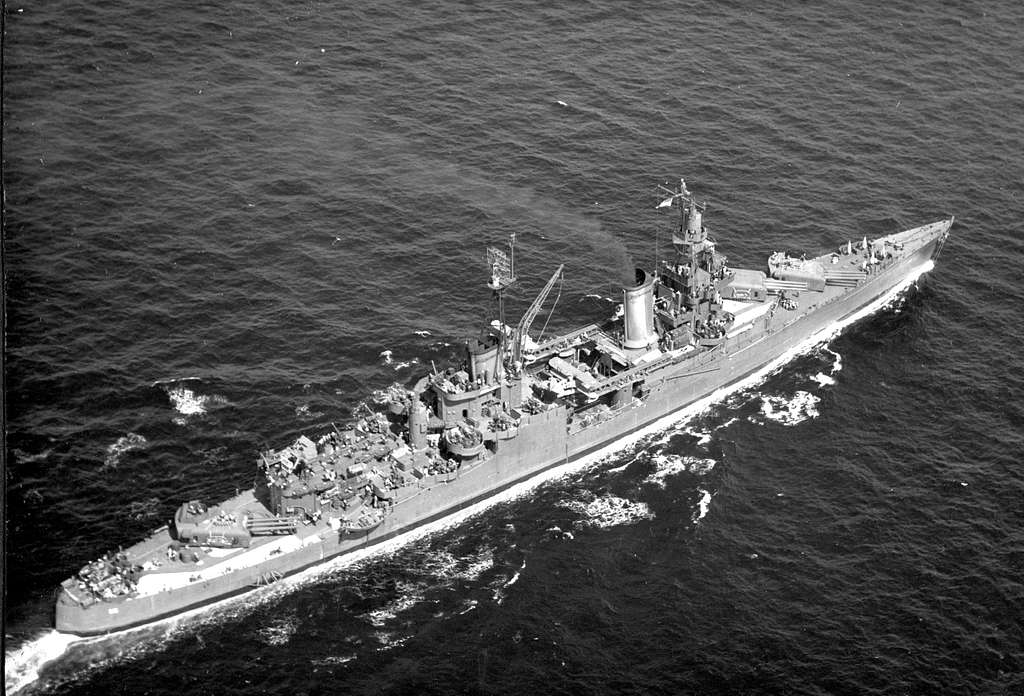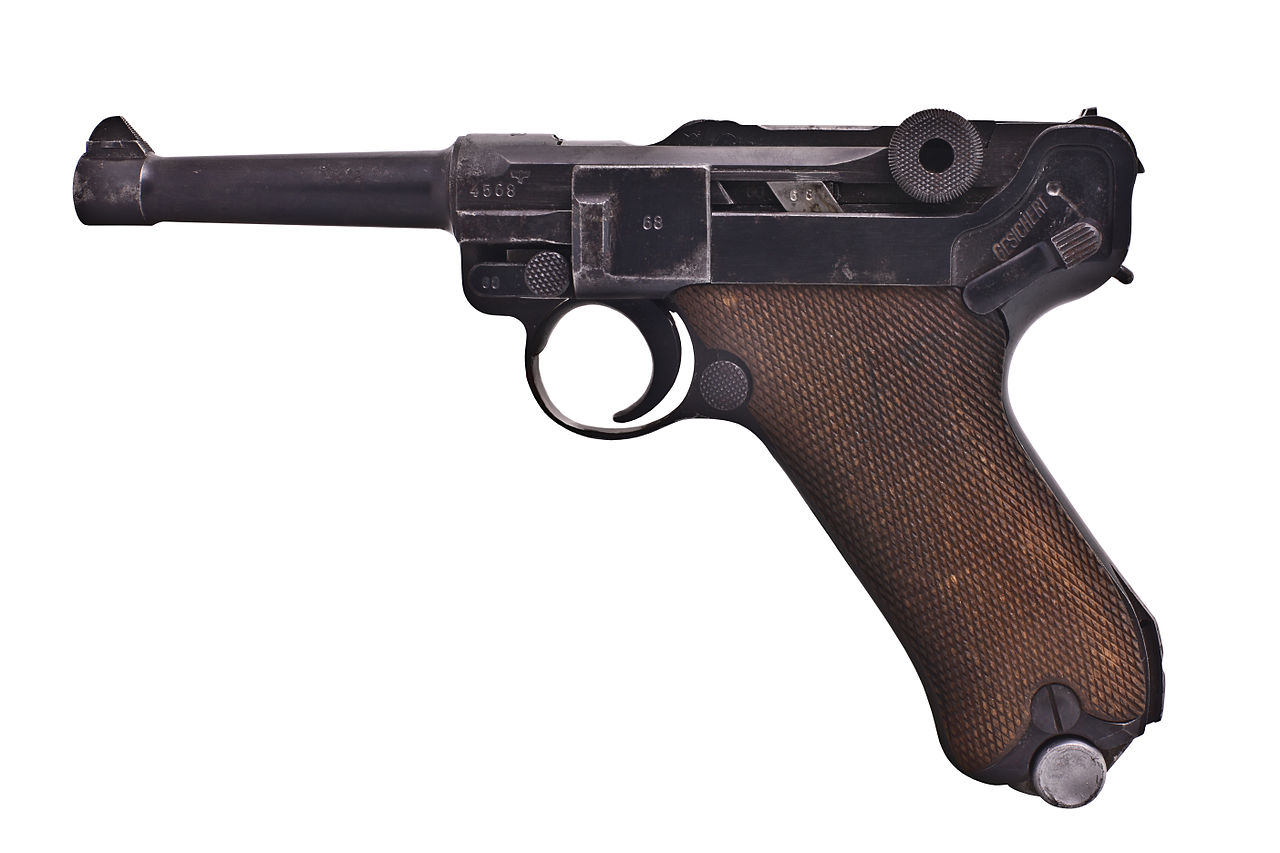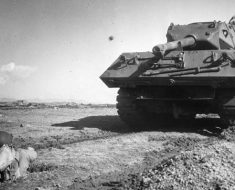The DUKW, commonly known as the “Duck,” is an amphibious truck that was developed by the United States during World War II. It was designed to meet the need for transporting goods and troops over both land and water, proving particularly useful in amphibious landings where port facilities had been destroyed or were non-existent.
It was designed in a hurry, yet gave invaulable service to the Allies during the war. Even after hostilities had ended, the DUKW could be found in the open oceans, lakes, and rivers, offering service to science, search and rescue, or tourists.
You can still find them in use around the world today!
Contents
Background
The concept of the DUKW originated from the need for efficient shore-to-ship transport during the Second World War. Traditional landing craft were limited by their need for port facilities and could not traverse land.
Read More The BMW R 11, Robust, Reliable, & Efficient
To address this gap, the U.S. military collaborated with experts from both naval architecture and automotive design. Rod Stephens of the renowned yacht design firm Sparkman & Stephens, along with naval architect Dennis Puleston and MIT engineer Frank W. Speir worked to create a versatile amphibious vehicle.

It was based on the GMC CCKW six-wheel-drive military truck, with a watertight hull and a propeller for water propulsion. The vehicle’s name, DUKW, is not an acronym but a model designation using GMC’s manufacturing code:
- “D” indicates a vehicle designed in 1942,
- “U” signifies “utility (amphibious)”,
- “K” indicates all-wheel drive,
- “W” signifies dual-tandem rear axles.
The DUKW was essentially a modified version of the GMC CCKW, designed to meet the specific needs of transporting goods and troops over both land and water. More precisely, it was based on the GMC AFKWX, the cab-over variant of the CCKW.
Read More The ZiS-E134 – a BEAST from the USSR
The GMC CCKW was a standard 2.5-ton 6×6 cargo truck used by the U.S. and Allied forces during World War II. Known for its reliability and versatility, it was built in huge numbers (almost 600,000 of all variants!) and served as the backbone of the Allies’ logisitical systems.

Its size, quantity and general design made it ideal for conversion into an amphibious machine. The modifications included the addition of a watertight hull and a propeller system, enabling it to operate in water. The DUKW retained the basic chassis and mechanical components of the CCKW, including its all-wheel drive system, which was crucial for navigating difficult terrains both on land and in water.
Constructed from a specially designed steel shell, the hull was engineered to provide both buoyancy and stability in choppy conditions.
On land, the DUKW would operate much like any conventional truck, with a standard gearbox and a 6×6 wheel drive system that provided excellent traction across rough terrains. When transitioning to water, the driver could engage a propeller via a transfer case directly connected to the main engine.

DUKW Design
The DUKW’s hull was designed to be completely watertight, which was essential for amphibious operations. The hull was constructed from steel, and it enveloped the lower portion of the truck’s body, ensuring that it could float and move in water without water ingress compromising its functionality.
The hull was shaped to provide efficient movement through water. While it was not as streamlined as a conventional boat, it was sufficiently hydrodynamic to allow the DUKW to make headway against water currents and waves. This design also helped in maintaining stability in choppy conditions, which was critical during amphibious landings and operations in open water.
Read More CCKW 2 1/2-ton Truck – The Allies’ Backbone of WWII
The rear of the hull incorporated a propeller, which was powered by the vehicle’s main engine through a transfer case. This allowed the DUKW to switch from land propulsion using its wheels to water propulsion using its propeller.
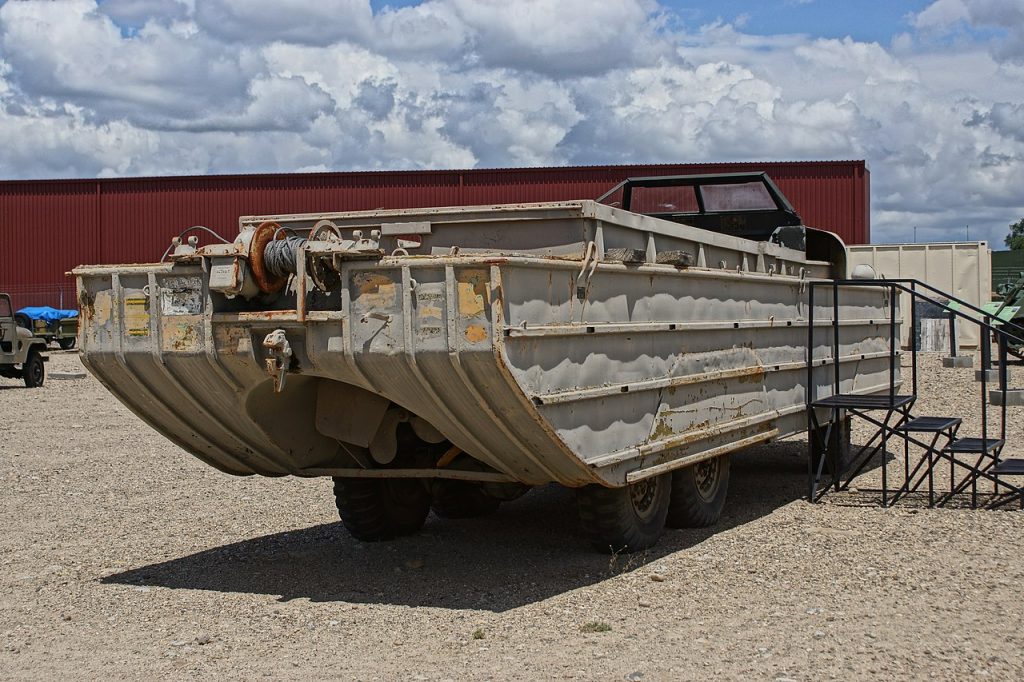
The DUKW was powered by a GMC 270 engine, which was a 4.4-liter inline six-cylinder gasoline engine. This engine was robust and reliable, producing about 91 to 94 horsepower. It was essentially the same engine used in the GMC CCKW trucks, known for its durability and ease of maintenance.
On land, the DUKW utilized a standard truck drivetrain. It featured a six-wheel-drive system (6×6), which was crucial for providing the traction needed in off-road conditions and soft terrains, like those encountered on beach landings.
Read More Böhmerland Motorcycles Were Used in WW2
The truck had a manual transmission with five forward gears and one reverse gear. The all-wheel drive could be engaged or disengaged depending on the need, which enhanced its flexibility for different types of terrain.

For water operations, the DUKW was equipped with a marine-style propeller, which was positioned at the rear of the vehicle beneath the waterline. The power to the propeller was supplied through a transfer case from the main engine.
When the vehicle transitioned from land to water, the driver could engage the propeller via a separate shifter. This setup allowed the engine to drive the propeller directly while bypassing the wheel drivetrain.
One of the DUKW’s notable features was its central tire inflation system, which allowed the driver to adjust tire pressures from the cab to suit different terrains—higher pressures for hard surfaces and lower pressures for softer surfaces like sand. This system was particularly advantageous when transitioning between land and water, ensuring optimal traction and flotation.
Read More LARC-LX 100 Tons of Cargo or 200 Passengers
The combination of a reliable engine, adaptable drivetrain for land use, and an efficient marine propulsion system for water operations made the DUKW a highly versatile and effective vehicle.
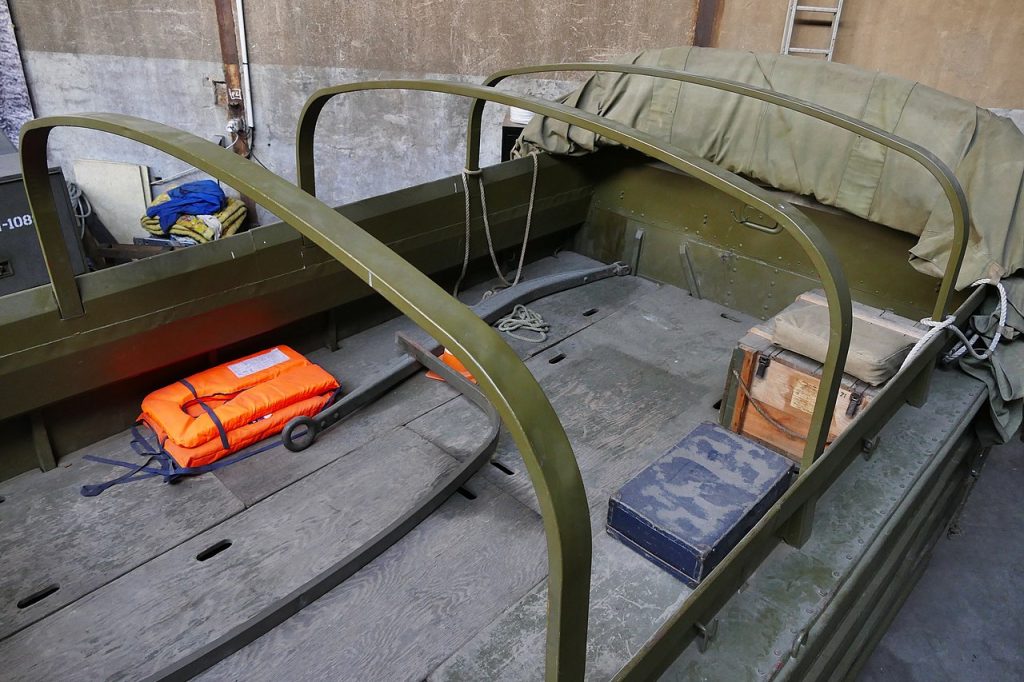
All in the DUKW weighed 6.2 tons, and had a maximum cargo capacity of 2,300 kg or 24 troops. On land it could reach a top speed of 50 mph, while in water it could reach 6.5 mph (6 knots).
Usage
The DUKW first saw action in 1943 and quickly became indispensable for amphibious operations. It was used extensively throughout the Pacific Theater and in the European Theater during World War II.
They were critical for transporting troops, ammunition, equipment, and supplies from ships directly onto shore, often under hostile conditions. This was particularly useful in operations where port facilities were unavailable or had been destroyed.

Perhaps the most famous example of this is their extensive use on D-Day, the Allied invasion of Europe. They were vital in transporting men and supplies from ships at sea onto land. From here, they could off load or continue driving inland.
Read More Teller Mines Tankers’ Nightmare
Their amphibious nature made DUKWs suitable for search and rescue operations during and after coastal battles, or in flooded areas.
Post War
In the post-war period, DUKWs were occasionally used by military units for disaster relief operations, particularly in flooded regions where their amphibious capabilities allowed them to navigate submerged streets to deliver aid and evacuate civilians.

Unlike many other pieces of military hardware, DUKWs saw interesting lives in civilian roles, too. After their military service, many DUKWs were refurbished for peacetime use, especially in tourist services where they are used for city and harbor tours. They provide unique sightseeing experiences in cities with significant waterways.
Some were adapted for use in commercial operations in water-rich environments, such as harbors and rivers, for transport and utility work. Even today, some DUKWs are still sailing along rivers. One operator, London Duck Tours, offers visitors an opportunity to ride on a fully functional (albeit modified) DUKW along the River Thames in London.
Variants
XM-147 “Super Duck”
The XM-147 Super Duck was an enhanced amphibious vehicle based on the original DUKW design, intended to improve upon the World War II-era’s specifications and performance. It was developed during the Korean War, primarily to address the limitations of the original DUKW in terms of reliability, capacity, and operational range.
Read More The Motor Scout is the First “Armored” Car
The XM-147 “Super Duck” was part of a series of experimental models aimed at upgrading the United States military’s amphibious capabilities. The development focused on enhancing payload capacity, water speed, land mobility, and overall reliability.

Following on from using a cargo truck as its basis, the XM-147 was now based on the M135 cargo truck, instead of the CCKW.
One of the key improvements in the XM-147 was a more powerful, 145 hp engine. This upgrade provided the Super Duck with better acceleration and higher top speeds on both land and water, which was a significant step up from the standard GMC engine used in the original DUKWs.
This naturally resulted in an increased carrying capacity of the XM-147 to handle more cargo or a larger number of troops. This improvement was critical for modern logistical needs and amphibious operations, where greater capacity could significantly impact operational effectiveness.
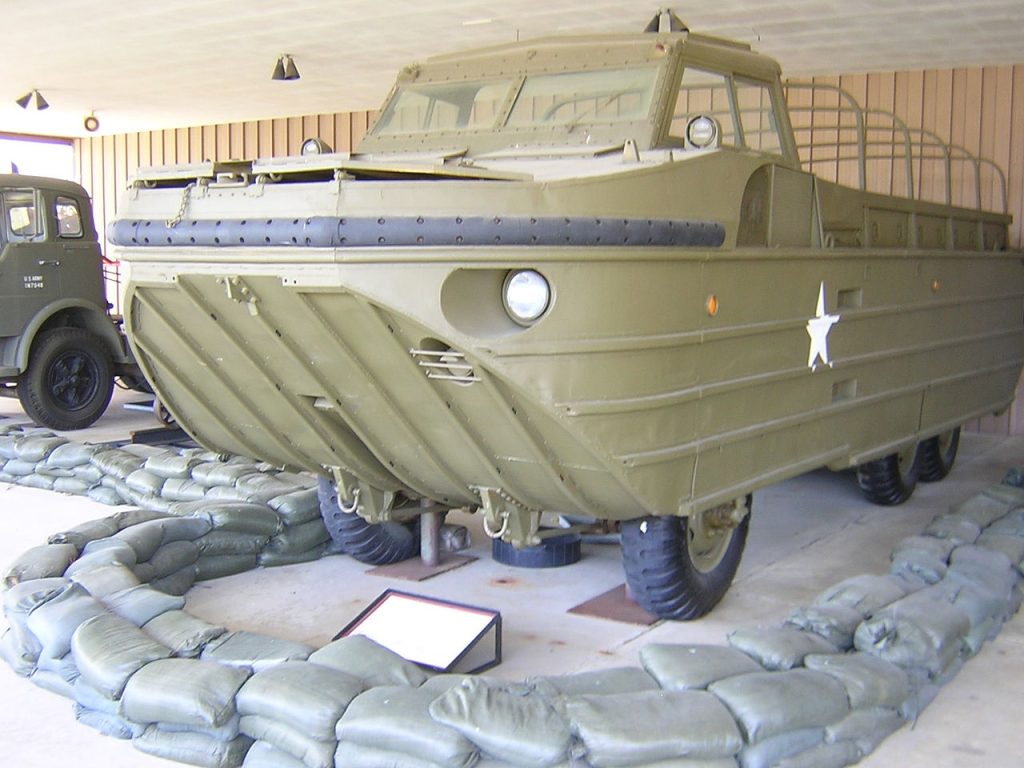
It featured updated mechanical and electrical systems, including better navigation aids, communication equipment, and an improved drivetrain for enhanced all-terrain capability.
Thanks to all these improvements, the XM-147 could now carry almost twice the cargo (4 tons) and reach 7.5 mph on water. It was a bigger, better machine than the original in all ways, and saw limited production, but would only serve until 1963. It also had quality of life improvements too, such as an automatic transmission, power steering, and a semi-enclosed cab.
Read More Crosley Pup Weighed Half as Much as a Jeep
BAF 485
The Soviet BAF 485, also known as the ZIS-485 or BAV 485, is an amphibious military vehicle developed by the Soviet Union. It was essentially a Soviet version of the US DUKW, but based on their ZIS-151, which was a general-purpose truck used by Soviet armed forces during and after the Second World War.
The BAF 485 was designed to provide similar amphibious capabilities as the DUKW, allowing it to transport troops and cargo across both land and water.
The development of the BAF 485 was influenced by the success of the DUKW during World War II. The Soviet engineers sought to create an amphibious vehicle that could support river crossing operations and logistic support in areas with abundant water obstacles.

The BAF 485 featured a boat-shaped hull integrated into its body, which made it capable of water operations. It was equipped with a water propeller at the rear, and its wheels were driven by a standard truck engine and transmission system for land travel.
Read More Lanchester 6×4 Armoured Car
It was powered by a six-cylinder gasoline engine, similar to the one used in the ZIS-151, providing sufficient power for both land and water maneuvers. It featured a 6×6 drive train like the DUKW, which is especially important for exiting riverbanks or shores (without driven front wheels, the rear of the vehicle can float and so the rear axles don’t touch the bank).
Also like the DUKW, the vehicle used a propeller located at the rear, which was engaged when the vehicle entered water.
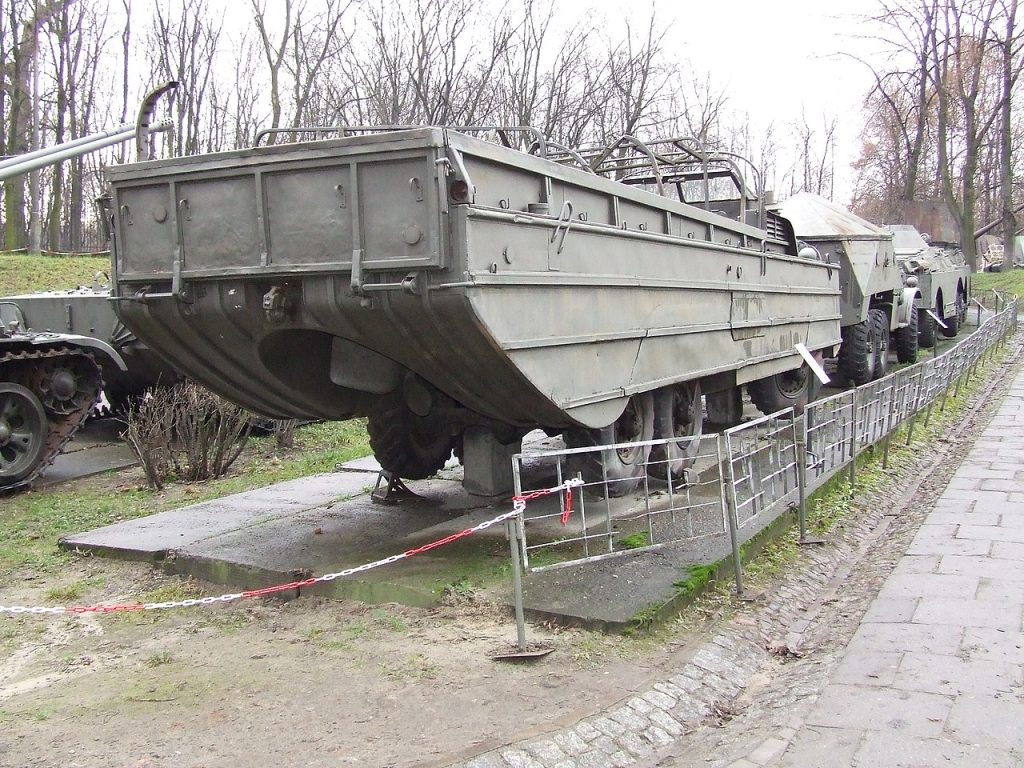
Operational Use
The BAF 485 was used by the Soviet Army primarily for transporting troops and cargo across water bodies, supporting operations where bridges were unavailable or had been destroyed. It was also useful in flood-prone areas and during amphibious assault operations.
Read More Homing Pigeons Saved Thousands of Lives
Despite its capabilities, the BAF 485 was not produced in the same large numbers as the DUKW or its land-based counterpart, the ZIS-151. Its use was somewhat limited, likely due to the specific conditions under which amphibious capabilities were required.


